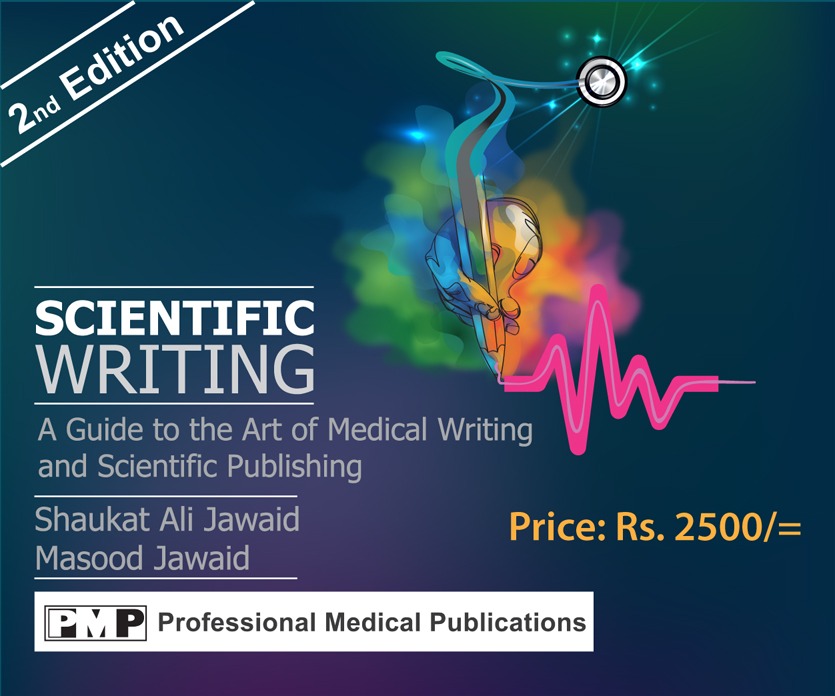Dr. Munawar Aziz MCPS*
An aged man who had worked all his life as a farmer was brought to my clinic by his son, saying that his father feels very weak and gets breathless after walking a few steps. A number of quacks were consulted, who declared him a patient of bronchial asthma. He received treatment for a disease he did not have, hence no respite from his breathlessness and weakness.

Dr. Munawar Aziz
After examining him and taking his history, I found him to be grossly pale, and his whitish nails were curved like a spoon (koilonychias). He was a bit breathless even while sitting.
A provisional diagnosis of hookworm infestation with severe anemia was made. His hemoglobin level tested at 7G%. He was dewormed, prescribed iron plus vitamins, and told to come back after three months for follow-up.
After three months, his pallor was gone, he had no breathlessness, and he had become active again. This was a simple case of anemia caused by hookworm infestation due to working barefoot in the fields and not washing his hands before eating meals in the fields.
Pallor is not always due to anemia. As our medicine professor said, “Every anemic is pale, but every pale is not anemic.” Therefore, when encountering any pale patient, other conditions causing pallor besides anemia should be considered.
Pallor, often described as an abnormal paleness of the skin, can be indicative of various underlying health conditions. While it’s a common symptom, its causes can vary widely, from minor issues to serious medical conditions.
Anemia stands out as one of the primary culprits behind pallor. This blood disorder occurs when there’s a deficiency in red blood cells or hemoglobin, leading to a reduced oxygen-carrying capacity. Conditions such as iron deficiency anemia, vitamin B12 deficiency anemia, and sickle cell anemia are notable examples.
Chronic diseases like chronic kidney disease (CKD) can also contribute to pallor. CKD affects the production of erythropoietin, a hormone vital for red blood cell production, resulting in anemia and subsequent pallor.
Certain infections, such as malaria, can lead to pallor due to the destruction of red blood cells by infectious agents. Additionally, autoimmune disorders like lupus and rheumatoid arthritis may cause anemia and pallor as the immune system mistakenly attacks healthy tissues, including blood cells.
Other potential causes of pallor include internal bleeding, malnutrition, liver disease, and thyroid disorders. In Pakistan, four common causes prevail: intestinal worms, malaria, viral bleeding disorders, and malnutrition.
Diagnosis typically involves a thorough medical history, physical examination, and often laboratory tests like a complete blood count (CBC) and iron studies.
Understanding the diverse range of diseases causing pallor underscores the importance of seeking medical attention for persistent or concerning symptoms. Early detection and treatment play pivotal roles in managing underlying conditions and improving overall health outcomes.
Pallor is also a feature of certain Far East nations without any underlying disease
- Dr. Munawar Aziz
Abbottabad, Pakistan.
aziz.munawar@gmail.com



